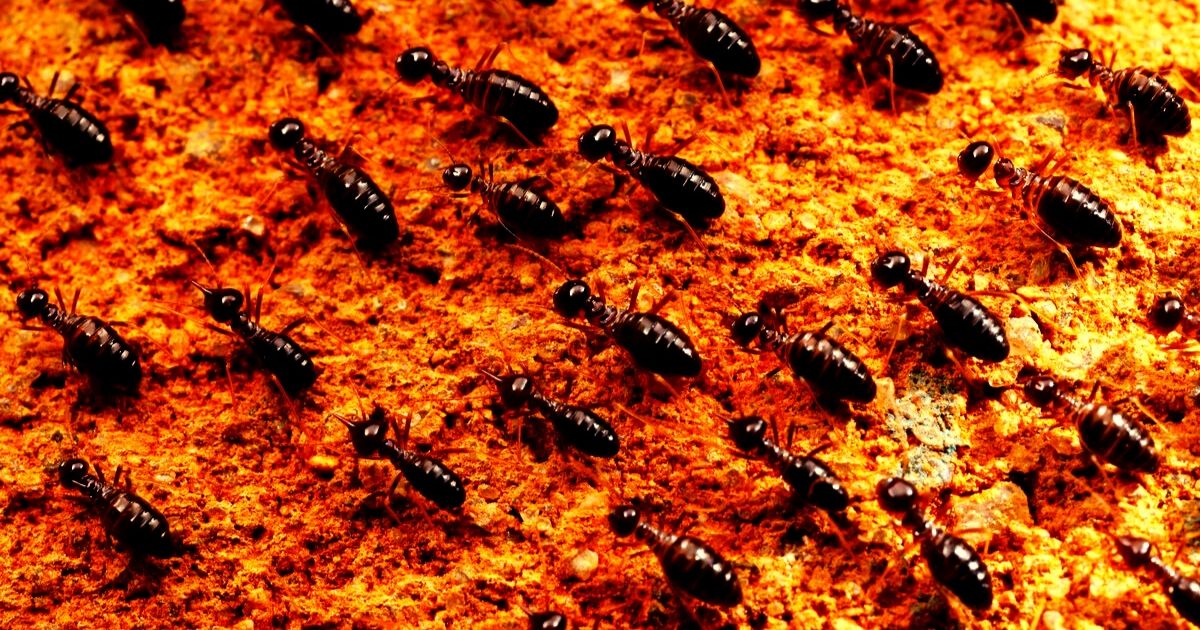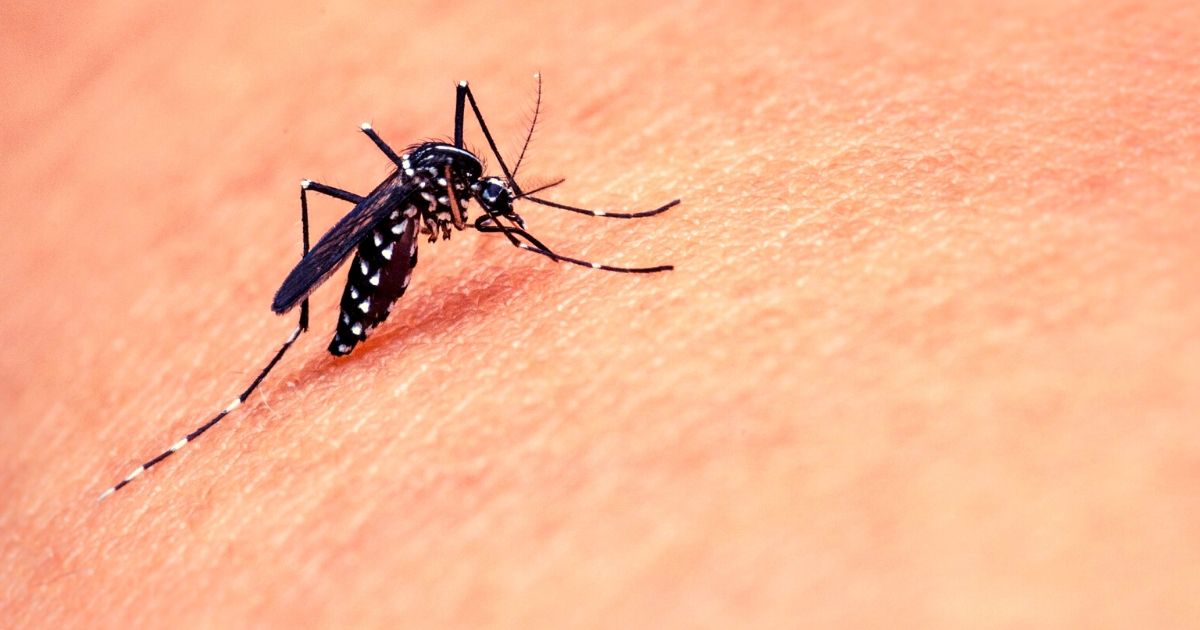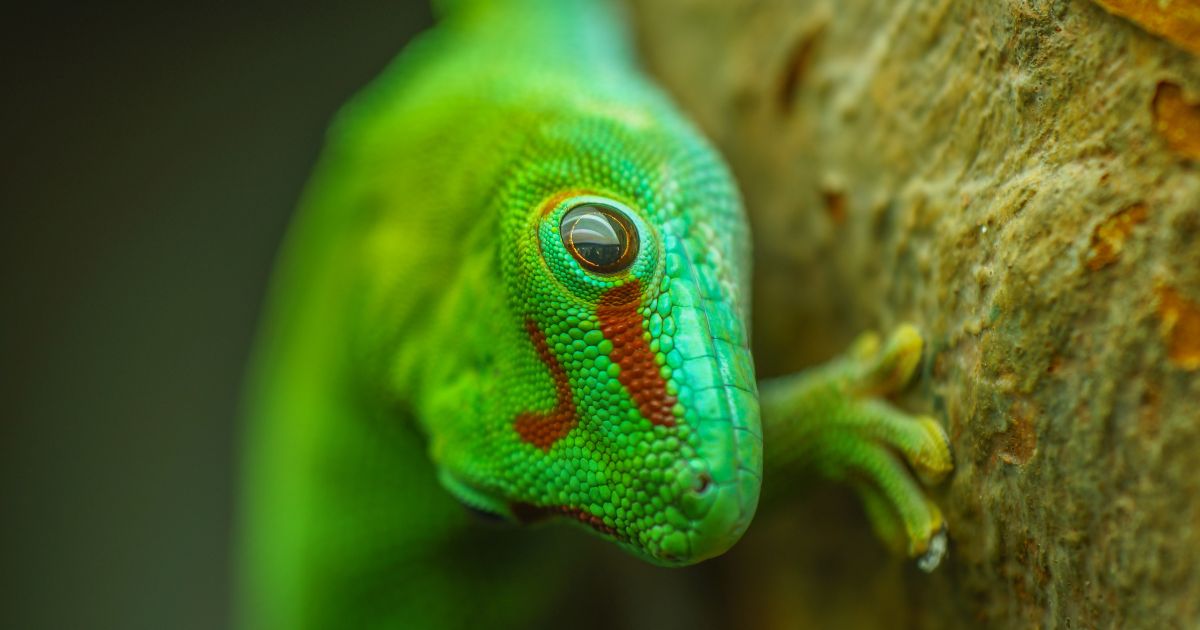The Ultimate Guide to Booklice
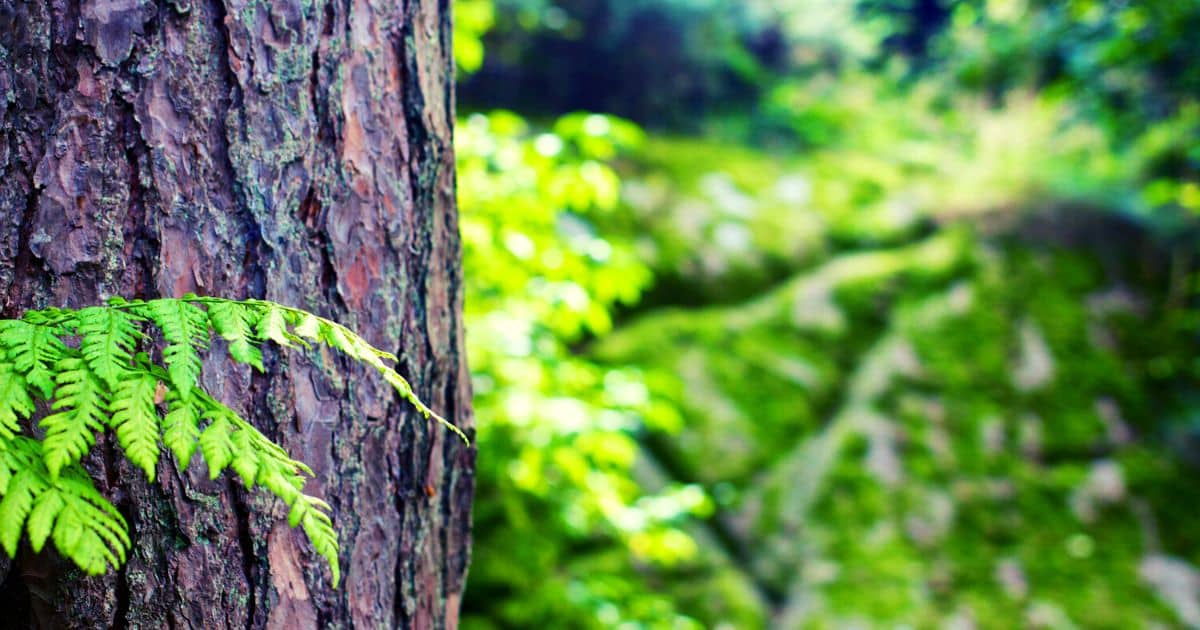
Table Of Contents
- What are Booklice?
- Life Cycle
- Where Do Booklice Come From?
- Do Booklice Bite?
- Damage Caused by Booklice
- How to Prevent Booklice?
- Signs of a Booklice Infestation
- How to Get Rid of Booklice?
- Booklice versus Bed Bugs: Why Is It Important To Know the Difference Between the Two?
- What Are the Main Characteristics of Booklice and Bed Bugs?
- Signs of Bed Bugs and Booklice
- Bed Bugs vs Booklice: What Damage Can They Cause?
- How to Remove Bed Bugs and Booklice?
What are Booklice?
Booklice are tiny insects only about 1 to 2 mm in length. They are soft-bodied insects classified in the insect family Psocidae. Booklice in Singapore can be a nuisance as they are often found indoors in peoples’ houses or offices.
Further booklice facts are that they are also called psocids and are not actually lice. Booklice are white or brown in colour and may or may not have wings depending on the particular species. Most of the time booklice you find inside will be the wingless species.
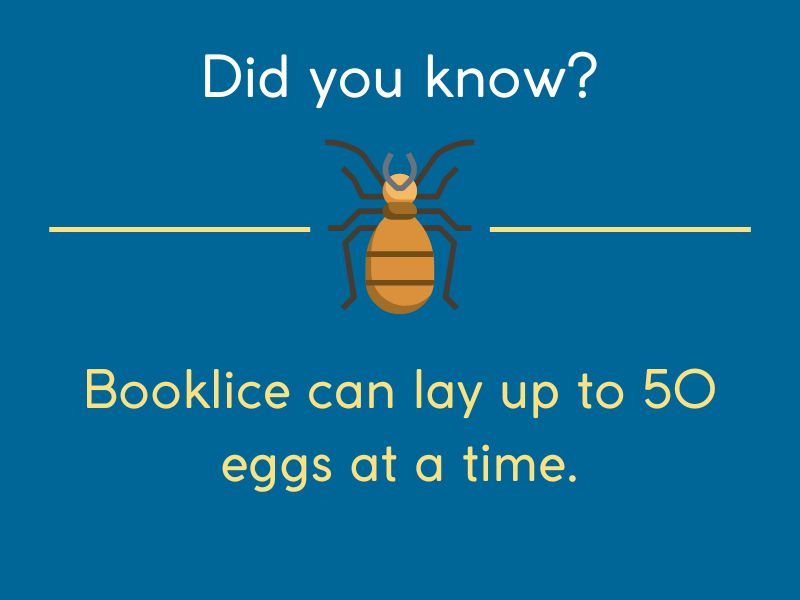
Life Cycle
There is no pupal stage in the development of booklice because they are one of the more primitive types of insects. They pass through an egg, larval, and adult stage during their life. The larval stage looks like a miniature adult and molts as it grows.
They can lay up to 50 eggs and can complete development in 4 weeks. However, in colder temperatures, this insect takes about three times as long to finish development.
In suitable conditions, booklice can produce multiple generations a year and can grow to large numbers without you even realizing it.
Where Do Booklice Come From?
Booklice are found in humid areas, and in nature, you often find them under bark or in leaf litter. They can get into the home through the tiniest of gaps or spaces.
Another one of the causes of booklice getting inside is when people carry in firewood from outdoors or bring home books or other items from a second-hand shop or from long-term storage where mould and mildew have developed.
They like moist conditions so you can expect to find more booklice if the conditions in your home are on the humid side. They will often inhabit moist and dark areas where they may not be noticed.
Pro Tip: The best way to prevent booklice is to eliminate the moisture in your home and seal the cracks and gaps where booklice may be entering.
Do Booklice Bite?
Booklice do not bite and are small insects that may not be easy to detect. They feed on starchy substances and also mould and mildew. They are considered pests because they like to chew up the glue used in book bindings and they do sometimes get into stored food items.
The presence of booklice may also mean that conditions are favourable for other pest insects like silverfish and cockroaches.
Damage Caused by Booklice
Psocids are not as damaging to property as some other pest insects are but they are nonetheless a nuisance. They do chew up the glue in books, meaning that the book pages may come undone. Over time this weakens the books and pages may fall out.
Occasionally you may find booklice inside food like your cereal and other grain products. This is annoying and a person usually won’t want to eat food that has living insects crawling in it.

How to Prevent Booklice?
Booklice enjoy humid and warm conditions, which is why a good strategy is to make sure your home is not overly humid. Below we have included some useful booklice prevention tips to help you stop an infestation from occurring.
- Using a dehumidifier can help to remove excess moisture in the air and you should also check that there are not any leaking faucets or pipes in the bathroom or kitchen area.
- Vacuum and dust often and avoid accumulating clutter which makes it hard to notice when there is a pest problem. This is true for all pest insects that can invade your home.
- Another good strategy is to increase the ventilation of air throughout the home. Open doors and windows during the day on dry and warm days. This can help moisture to evaporate.
- Use airtight containers to store your food in to prevent pests like booklice from gaining access.
When it comes to pest control, addressing booklice should be part of a broader pest management strategy. Combining insecticides with professional treatments can not only help eliminate the booklice but also prevent other pests from infesting your home.
Signs of a Booklice Infestation
You may wonder how to spot booklice? There are some signs that you can look for that may indicate a booklice problem. You may notice tiny insects moving in your flour or cereal. These could be booklice. You may also notice a tiny insect scurry out from between the pages of a book.
It is wise to frequently check for any signs of insect damage or the presence of insects. When checking for booklice, you should look in closed drawers and humid areas, and also open a few books up to see if there are any booklice running around.
In general, booklice are difficult to detect because they are so small. The darker-coloured booklice usually are easier to spot because they are darker and will show up against light surfaces.
Want to find out more about booklice removal in Singapore?
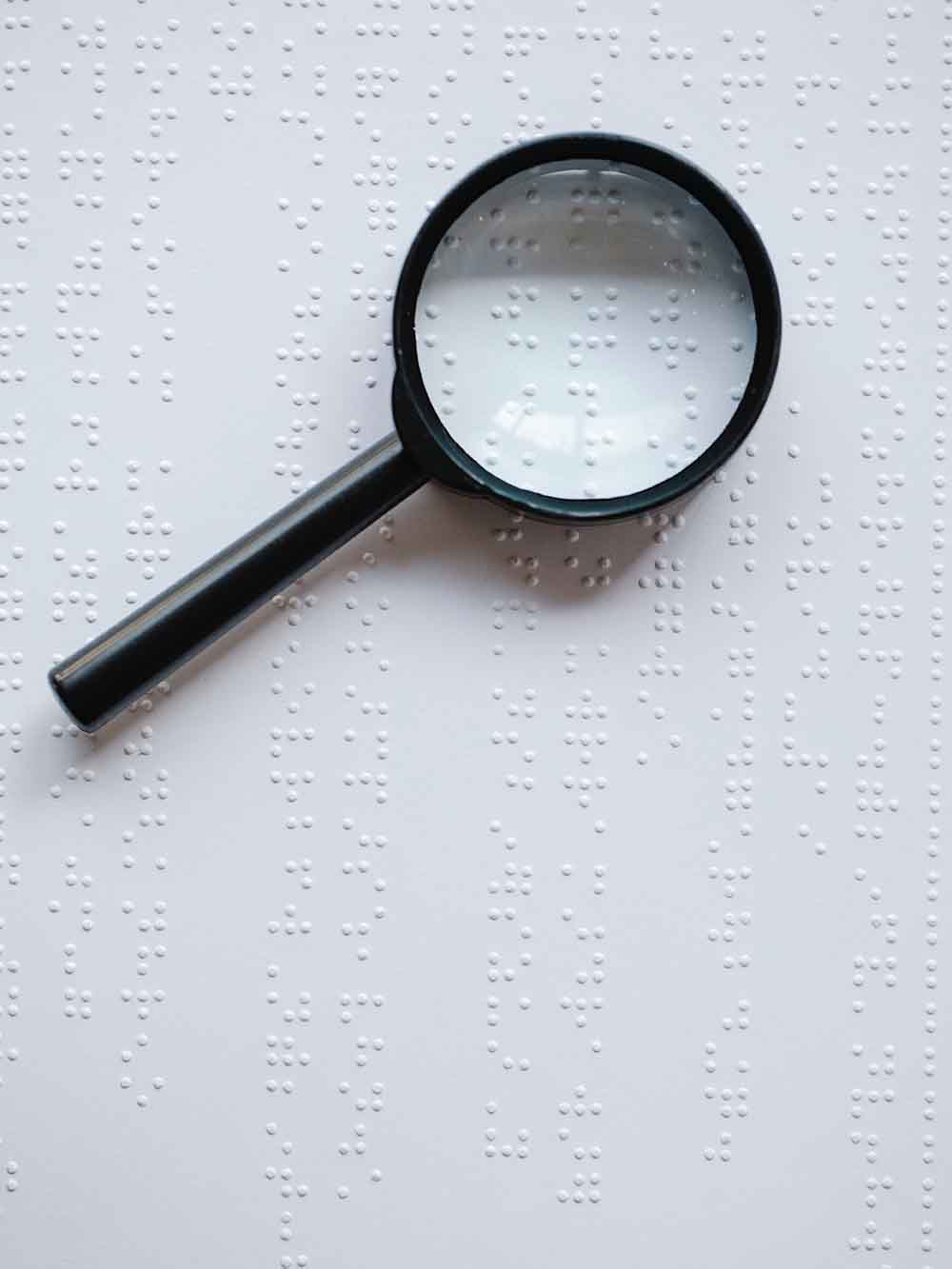
How to Get Rid of Booklice?
Getting rid of booklice involves a few methods. One of the most effective is to decrease the humidity in the home. We have already mentioned that dehumidifiers are a smart idea when you live in a very humid climate. If you have any water leakage, it is also worth to get it fixed. There are some essential oils that may prove to be helpful, such as peppermint and lavender oil.
It will not be feasible or even practical to search for and individually find booklice and kill them. They are far too small and the booklice nymphs are even smaller and will likely not be noticed, the same for the eggs.
If you do have a booklice problem then consulting with insect pest experts is a good decision to make. They can use hot steam and pesticides to kill booklice.
Even though booklice are not major pests, you should still take an infestation seriously because they are a nuisance that can damage your books and infest your food.
Booklice versus Bed Bugs: Why Is It Important to Know the Difference Between the Two?
Each type of pest infestation is aggravating to home and business owners. Understanding the type and size of an infestation is critical to determine the right treatment method. When it comes to booklice and bed bugs, both types of pests behave differently.
While booklice are generally harmless, bed bugs bites can be painful to humans. Booklice and bed bugs are also active in different areas. Let’s take a closer look at the differences between the two.
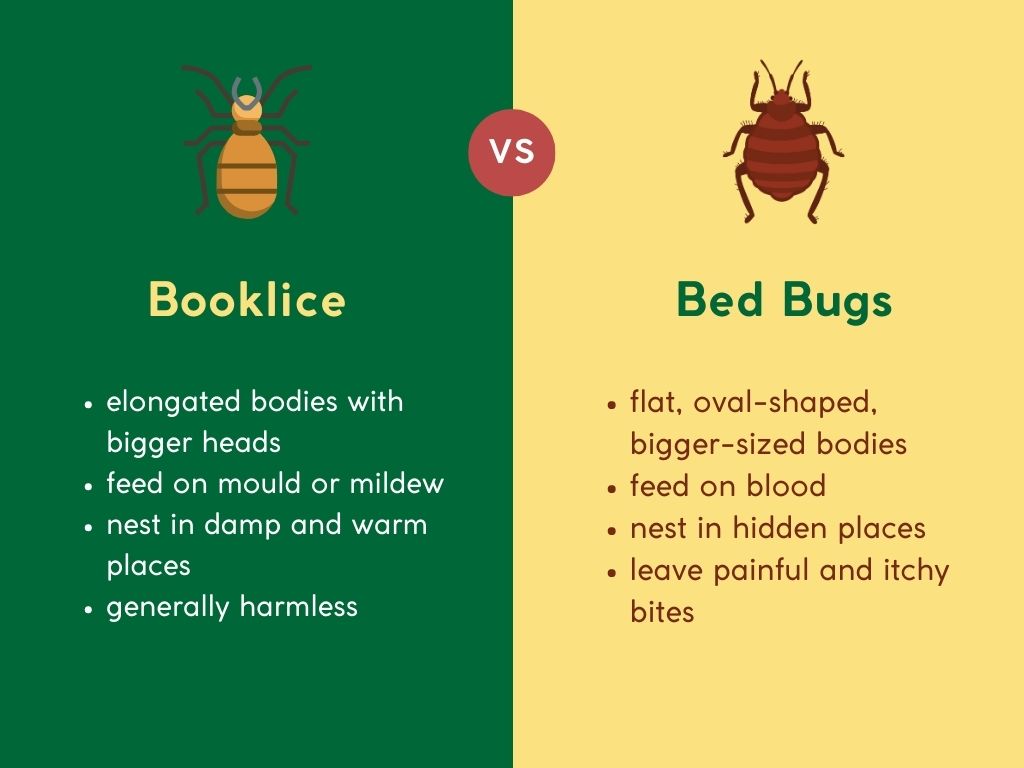
What Are the Main Characteristics of Booklice and Bed Bugs?
- Booklice are smaller than bed bugs. They are skinnier, in other words, the body is not round and oval the way a bed bug is.
- Booklice has a large head relative to the size of the body.
- Bed bugs feed on blood, booklice feed on mould or mildew.
- Booklice will be found in books and on stored products while bed bugs occur on beds and furniture like sofas.
- If you have a bed bug infestation you will quickly know it because bed bugs leave painful and itchy bites on humans and stains on the bed. This is not the case with booklice.
Signs of Bed Bugs and Booklice
We now know that bed bugs and booklice behave differently. Are you concerned that you may have an infestation of bed bugs or booklice? Let’s sum up the main signs.
The main signs of a bed bugs infestation include:
- Reddish stains on bed sheets
- Dark spots on the mattress
- Dark spots on other furniture
- A sweet, musty smell
- Bites and itches on your skin (red spots)
The main signs of a booklice infestation include:
- Powdery or small black spots near cardboard materials and books
- Crawling insects near windows, doors, bookcases and areas with high humidity
Pro Tip: To get rid of any infestation, you need to identify what type of pests you are dealing with and where they come from.
Bed Bugs versus Booklice: What Damage Can They Cause?
The most important creature to cause damage is a bed bug. They leave painful, itchy bites on the human flesh. Booklice are not that interested in human beings.
Both bed bugs and booklice can cause material damage. In the case of bed bugs, they can turn your bedroom into a living hell. Stains of blood from bed bugs is the most common damage caused by the little insects.
Booklice spend most of their time around products made of paper and cardboard. Hence, one of the most common types of damage caused by booklice is the destruction of books. You may also want to protect your most important paper documents to prevent booklice from destroying them.

Pest Problem? Let Us Help.
We offer fast and effective precision treatments to eliminate pests while ensuring a safe environment for your home or business.
How to Remove Bed Bugs and Booklice?
Let’s move to the most important part of our comparison of bed bugs versus booklice. There are various approaches to removing pest infestations.
If you think you have a booklice infestation, you can take some action yourself to try to remove them. One of the things you can do is reduce humidity by using dehumidifiers. If you have any water leakage, it is also worth to get it fixed. There are some essential oils that may prove to be helpful, such as peppermint and lavender oil.
A bed bugs infestations is much more serious and requires the intervention of a professional. Contact your nearest pest control company for an inspection and removal treatment. If you do want to take some action yourself in the meantime, it is a good practice to wash your bedding frequently in hot water. This will help prevent further aggravation in the short term. To get rid of the bed bugs infestation for good, a pest control technician needs to come in and go to the source of the problem.
Frequently Asked Questions
No, they are harmless to humans and pets. They don’t bite, spread disease, or damage your home. If you’ve noticed bites or stains on the bed, you might have a bed bug infestation.
Although not harmful to humans, booklice can sometimes be causing allergies. Removing the infestation can help to reduce the symptoms and feel better.
Booklice are attracted to areas with high humidity. They feed on starchy substances and also mould and mildew.
Hot steam and pesticides are effective solutions to kill booklice. To get rid of booklice, you will also need to decrease the humidity in the home.
Booklice can be easily mistaken for bed bugs, especially bed bug nymphs. Both are light-colored but bed bug nymphs have less elongated bodies.
Booklice can be found anywhere with moisture, including upholstered furniture, damp papers or books, and old mattresses.
Booklice are less harmful to people and animals as they don’t bite, however, both bed bugs and booklice can cause some disruption and stress.
Bed bugs can be mistaken for bat bugs, spider beetles, baby cockroaches, carpet beetles, ticks, fleas, booklice, or headlice.

